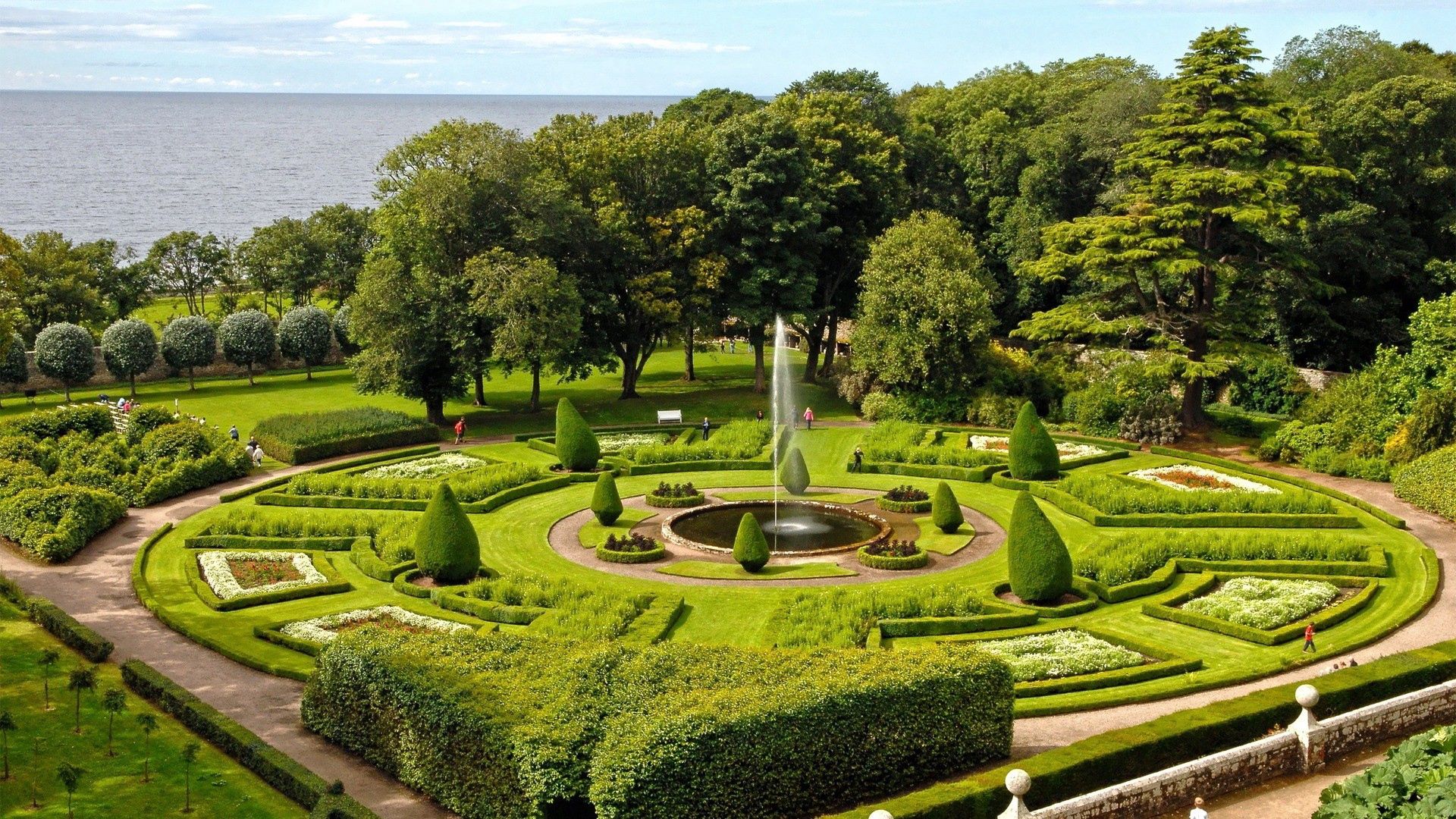"Differences between apartments located on upper and lower floors"
The number of new buildings decorating our city is increasing day by day. They differ from each othe...

Landscape design is the art of harmoniously blending nature with human-made environments. This field of design aims to organize open spaces in a way that is aesthetically pleasing, functional, and in harmony with the environment. Landscape design can be applied in various settings such as parks, gardens, courtyards, and even urban centers. In this article, we will discuss the fundamental principles of landscape design, its areas of application, and modern trends.
Key Principles of Landscape Design
Functionality: The main goal of landscape design is to make open spaces comfortable and functional to use. Every element, including pathways, seating, plants, and water features, should enhance the usability of the space. Functionality forms the foundation of design and optimizes the everyday use of the area.
Aesthetics: Aesthetic principles play a significant role in landscape design. Colors, shapes, textures, and materials are harmoniously combined to create beauty. Designers aim to make the space look natural and appealing by using natural elements.
Sustainability: In modern landscape design, sustainability is of great importance. This principle includes environmental conservation and the efficient use of energy resources. The use of local plants, preservation of natural water flows, and the use of eco-friendly materials are key elements of sustainable landscape design.
Connection Between Nature and Humans: Landscape design seeks to strengthen the connection between nature and humans. By emphasizing the beauty of nature, it ensures that people can live in harmony with their natural environment. This also focuses on creating open spaces designed to improve people's well-being.
Areas of Application for Landscape Design
Garden Design: Private gardens are one of the most common areas of landscape design application. Gardens are open spaces for relaxation and entertainment, reflecting the taste and lifestyle of homeowners. Modern garden design is enriched with water features, decorative plants, and seating areas.
Parks and Public Spaces: Urban parks and public gardens are ideal places for people to connect with nature. These spaces are equipped with playgrounds, sports areas, and picnic spots for various age groups. Landscape designers work to make these spaces both functional and aesthetically attractive.
Urban Design: Urban landscape design is aimed at making the urban environment more livable. This includes increasing green spaces, incorporating water features into city centers, and integrating natural elements into roads and streets. The goal of urban design is to make the urban environment more natural and eco-friendly.
Corporate and Commercial Spaces: Landscape design for office buildings, hotels, and shopping centers aims to increase the appeal of these spaces and create a more comfortable environment for people. The plants, water features, and decorative elements used in these spaces enhance the brand and image of these facilities.
Modern Trends in Landscape Design
Minimalism: In modern landscape design, minimalism involves designs with simple and clean lines. This trend is characterized by the use of a minimal number of elements and the dominance of natural colors. Minimalist landscape design creates a maximum impact with minimal use of materials and plants.
Sustainable Gardens: Sustainability is at the core of modern landscape design. Using local plants, efficient water usage, and applying natural materials make gardens more eco-friendly and sustainable.
Vertical Gardens: Due to space constraints in urban environments, vertical gardens are becoming increasingly popular. These gardens are used to green walls and enhance the aesthetic appeal of spaces. Vertical gardens are also an effective way to improve air quality and create green spaces in urban settings.
Outdoor Living Spaces: The trend of spending more time outdoors has brought the creation of outdoor living spaces to the forefront of landscape design. These spaces are equipped with outdoor kitchens, seating areas, and open-air sports grounds to create comfortable areas where people can relax.
Conclusion Landscape design is the art of harmoniously combining the aesthetic and functional aspects of nature with human environments. This field of design aims to make open spaces more attractive and usable by organizing natural elements. Modern landscape design is formed on the principles of sustainability, aesthetics, and functionality, and strives to ensure that people live in harmony with nature. Landscape design is not only an
The number of new buildings decorating our city is increasing day by day. They differ from each othe...
...
A studio apartment is an open-plan living space consisting of one room. Global trends show that such...
In the previous article, we learned about the advantages and disadvantages of living in a building h...